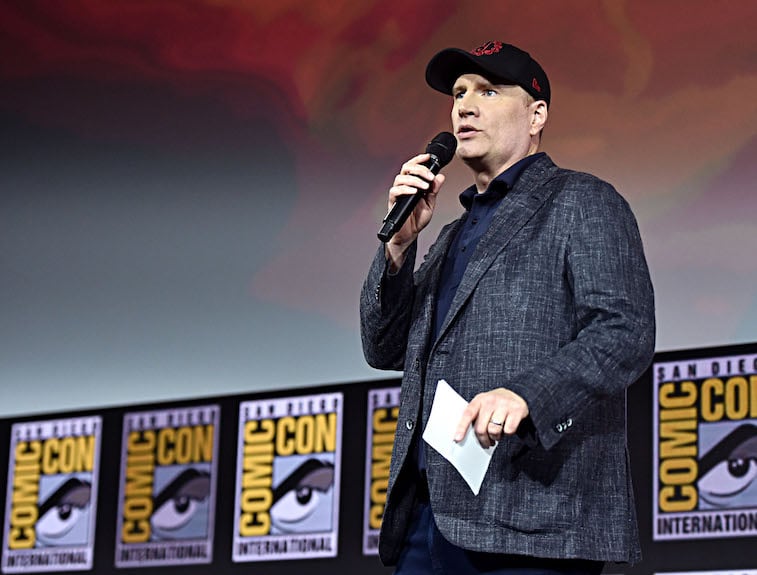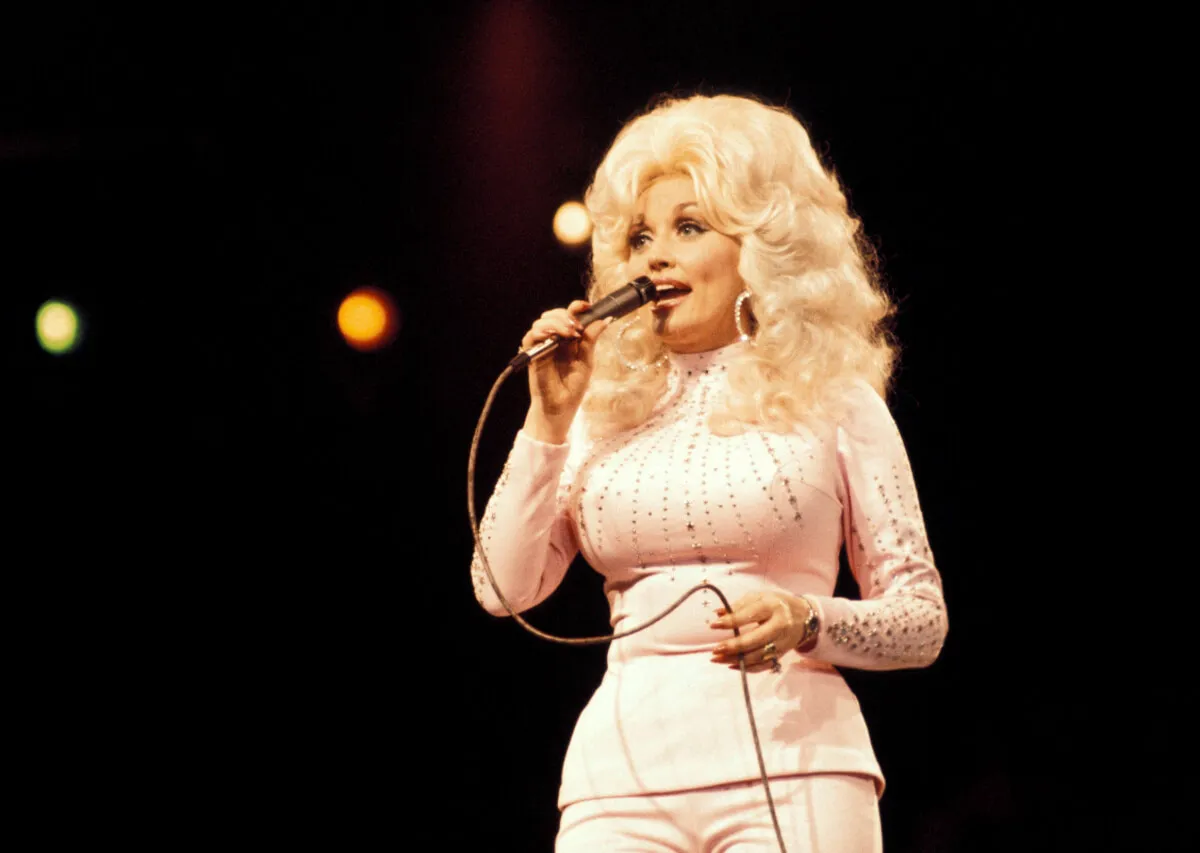Kevin Feige Started the MCU Post-Credit Scene Trend to Give Filmmakers the Recognition They Deserved
Marvel Studios did not invent the post-credits scene. Anybody who has seen Ferris Bueller’s Day Off can tell you that as could anybody who has seen Airplane, The Muppet Movie, or any of the many other movies that features some kind of post-credits gag.
However, there’s no question that perhaps more than any other studio, Marvel has made a little cottage industry out of end credits.
While moviegoers usually bail once the credits start rolling, Marvel has trained their audiences to stay to the very end, lest they miss a joke or important bit of information. And there’s a method to Kevin Feige’s madness.
A brief history of movie credits

In the golden age of Hollywood, from the 30s through the 50s, credits were very simple affairs. You had a few title cards at the very beginning running down the cast and the major technical crew. At the end, it usually only said “The End.” If there were any end credits, it was a quick reprise of the cast.
In the 50s, credits started to change. The long list of end credits was still off in the future, but audiences started to see eye-catching graphics behind the credits at the beginning. Masters of this form included Saul Bass, who is most recognized for his title sequences for Alfred Hitchcock, including Vertigo, North by Northwest, and Psycho.
There was also Maurice Binder, who made the innovative title sequences for most of the James Bond movies from the 1960s to the 1980s.
These title sequences with animated graphic designs are typically found at the end of big Hollywood franchises, so whereas the title sequence started out drawing the audience into the story, it later became a way to usher them out of it.
George Lucas fought the DGA over credits
As the 60s turned into the 70s, credits started getting longer, especially at the end. As visual effects became more and more commonplace and vital to a movie’s success, filmmakers wanted to have their technical crews recognized, down to the last gaffer and first assistant director. When it came to Star Wars, George Lucas used end credits for two reasons: To acknowledge everyone who worked on the movie, and not to distract from the now-iconic opening scene of a Star Destroyer filling the screen.
However, according to the site The Conversation, the Directors Guild of America did not approve of this. They wanted the director’s credit at the beginning of the movie where people would be sure to see it. The guild let it slide for Star Wars, but when Lucasfilm repeated the procedure for The Empire Strikes Back, the guild objected. Lucas was so incensed, he not only took the guild to court, but he left the union.
And so, for better or worse, the long ending credits stuck and were there to stay. Every once in a while, movies would feature some kind of end credits bonus. There’s one at the end of Harry Potter and the Chamber and the Chamber of Secrets a lot of people have never seen. It took Marvel studios to turn end credits into a storytelling form all their own.
Marvel makes end credits their own event
Marvel had an end credits at the very end of their very first movie, Iron Man, with Nick Fury introducing Tony Stark to the idea of the Avengers. At that time, these end credits were usually just quick teasers. When The Avengers finally arrived in 2012, the end credits scene included the famous shawarma gag, and by that point, Marvel was really off to the races with the end credits,
According to the MCU Wiki, “Kevin Feige started to place the post-credits scenes at the end of each Marvel Studios film partially because he wanted audiences to stick around and acknowledge the people who worked on the film. He was inspired by the film Ferris Bueller’s Day Off which caused Feige to watch the end of all credits for films he saw when he was younger.”
Whether audiences actually pay attention to the names is debatable, but there’s no debating that audiences hang around for Marvel credits. Not only that, but other franchises, such as The Fast & the Furious Presents Hobbs & Shaw started using them. Now, websites often write pieces asking “Does (Movie X) have a post-credits scene?”
For now, Marvel still has audiences scratching their heads over the end credits of Spider-Man: Far From Home, where the scene seemed to upend the entire MCU.
Hopefully, Marvel’s intent will become clear as Phase 4 rolls out now through 2022.


